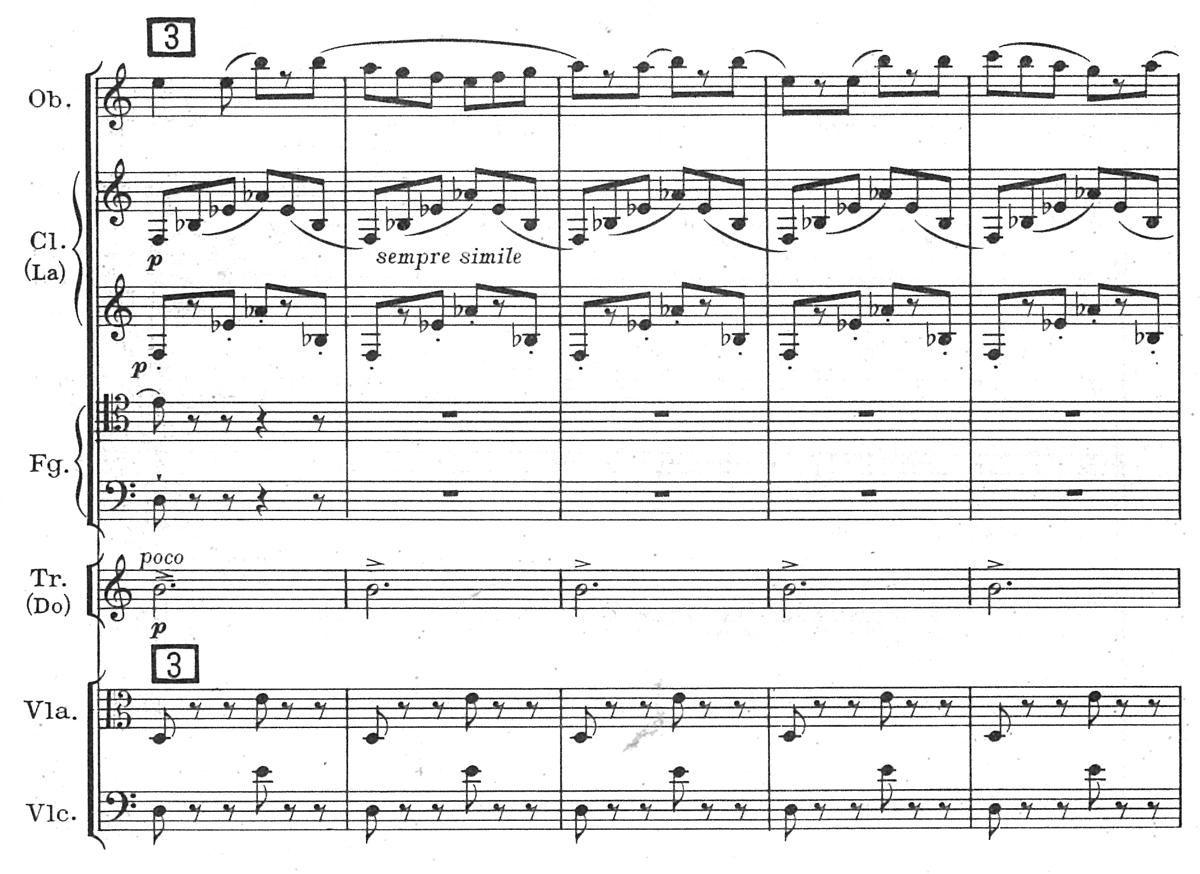Violin Concerto No. 2 (Prokofiev)
The 2nd Violin Concerto in G minor, Op 63 is a violin concerto by Russian composer Sergei Prokofiev.
Formation
The Violin Concerto was written in the summer of 1935, about twenty years after the Violin Concerto No. 1. The composer was applied the work of French admirers of violin virtuoso Robert Soetens. This suggested Prokofiev to write a violin concerto, whose performance rights should, however, be for one year only at Soeten. Prokofiev, who already toyed with the idea of writing another violin concerto, this request came. At this time, the composer did not live in Russia, but felt a growing desire to return there. The Violin Concerto was written, the status Prokofiev as global citizens accordingly, in several countries during his concert tours. Thus, the first set was composed, for example, in Paris, while the lyrical main theme of the Andante was written in Voronezh. Was first played at the concert in Madrid, during a concert tour Soetens.
Prokofiev chose here for the classical three-movement form and conceived the work by the standards of his " new simplicity ", to which he was compositionally now passes. The solo part is still designed very challenging and sometimes virtuosic.
About the Music
1st movement: Allegro moderato
The main movement of the concerto begins with a solo violin intonation, which is based on a Russian -sounding song main theme. The cello joins in the subjects of lecture before a rhythmically altered, faster interlude interrupts the lecture. Again and again it comes to these short and troubled interludes. A second thought is of lyrical nature and is introduced by strings and woodwinds before the solo violin develops its Cantilena. As a result, rapid, virtuosic elements alternate with thoughtful passages from. The first theme is becoming more and is processed by many, here it increasingly assumes a joyous and sudden ductus. Towards the end of the sentence, it returns to its original shape and dramatic finish the sentence, accompanied by pizzicato strings.
2nd movement: Andante assai - Allegretto
The Andante begins with a lyrical theme, the solo violin on the soft ground of pizzicato strings. The cantabile main theme propagated in stirring vocals of the solo instrument and always achieves greater majesty, as it is recorded and accompanied by the whole orchestra. After it has been processed with repetitions and increase in speed, it again appeared throughout the orchestra, now accompanied by rhythmic slightly shifted chords. It follows the Allegretto portion which is reminiscent of the processing of the main theme in the first movement. The solo violin plays tone rows and rapid repeated notes, acting on a mysterious sound due to the woodwinds. Shortly after this solo runs of the violin get a broader orchestral background, which is introduced with a march-like thought by the trumpets. The return of the lyrical main theme eventually leads to quiet fading of the poignant sentence.
3rd movement: Allegro ben marcato
The set begins with a distinctive, slightly dissonant theme of the solo violin. On rhythmic throbbing underground unfolds the bulky and dance major theme in the virtuosic playing. This bustle pervades the breathless sentence that corresponds most clearly the "new simplicity " of Prokofiev's compositional style, as the harmonic and rhythmic structures of the sentence seem simple and modern. The strikingly concomitant use of percussion gives the movement a particular sound.
Effect
The first live performance took place in December 1935 in Madrid, with dedicatee Soeten as soloists instead. It was, in contrast to the premiere of the first violin concerto, a great success for soloist and composer. Prokofiev, who shortly afterwards returned to his native Russia, could result in the propaganda against monopolization the Stalin regime not fight back. To evaluated the Soviet music critics who turn Prokofiev for solo violin and for simplicity, as the realization of the current Soviet ideal, the simple and popular art. It was also interpreted the work as Prokofiev insight from the " aimlessness of his formal experimentation ." With the end of Stalin began partly in Russia, to consider the work of Prokofiev and some other fee retained composers differentiated. The concert is now part of the standard repertoire of all violin virtuosos and is often and gladly performed all over the world. In addition to the great classical violin concertos of Beethoven and Mendelssohn and the great romantic concertos of Tchaikovsky and Brahms ' include the violin concertos of Prokofiev today to the canon of the most significant violin concertos.










